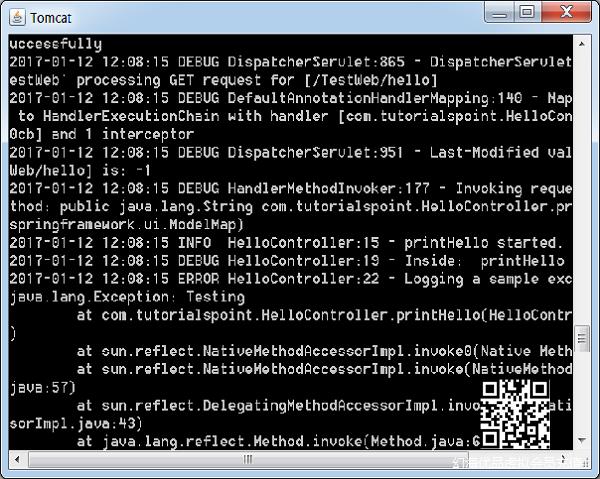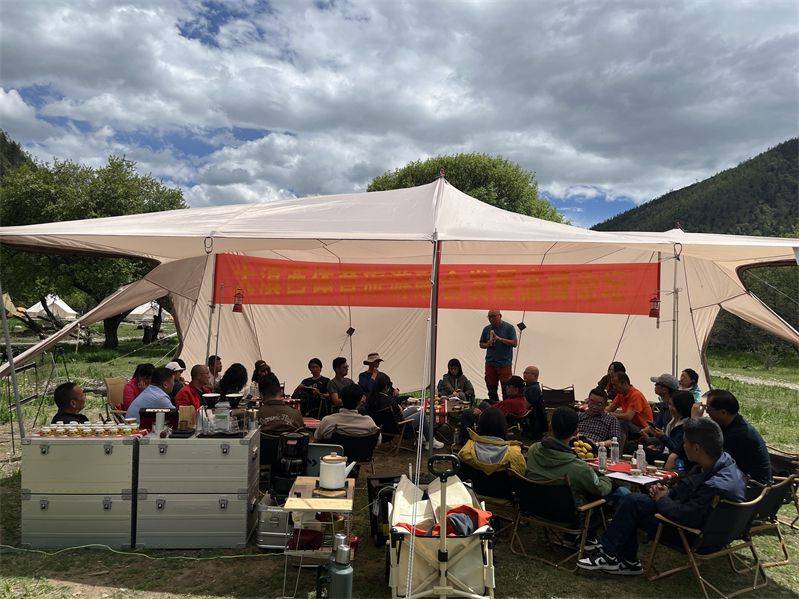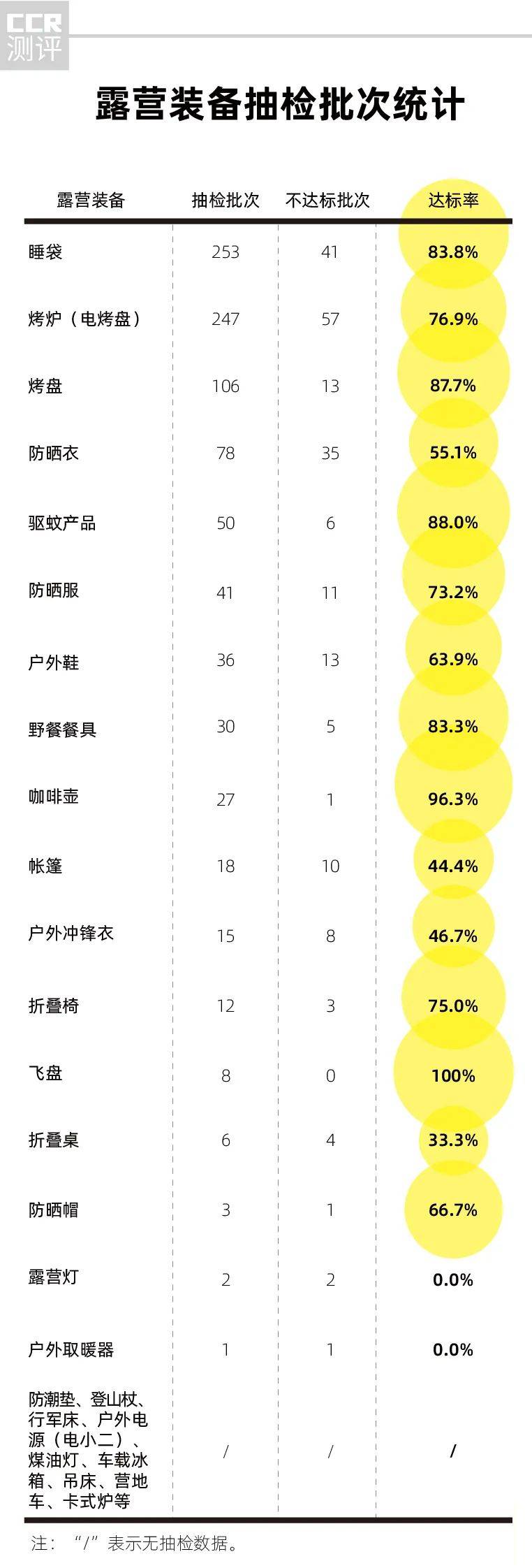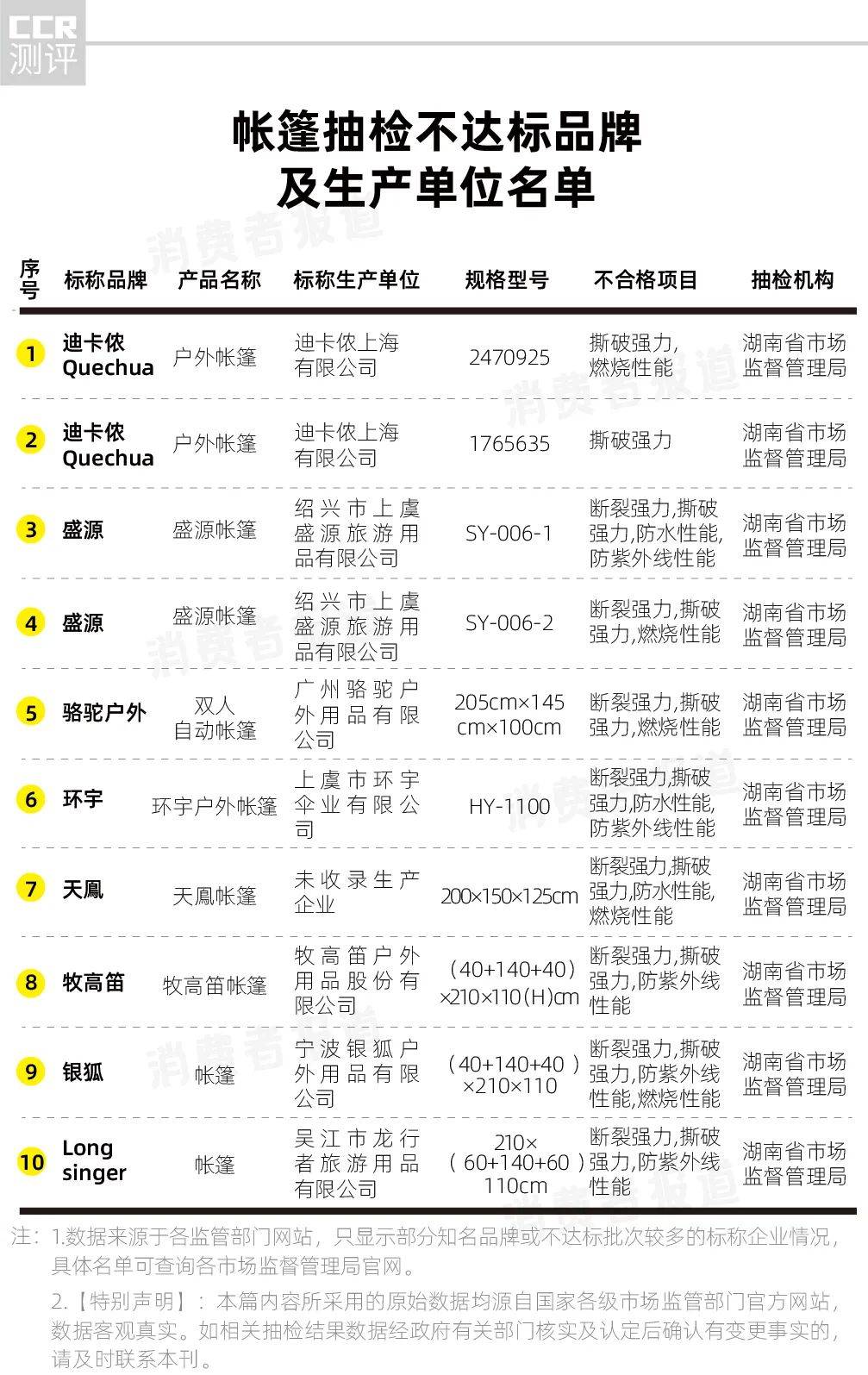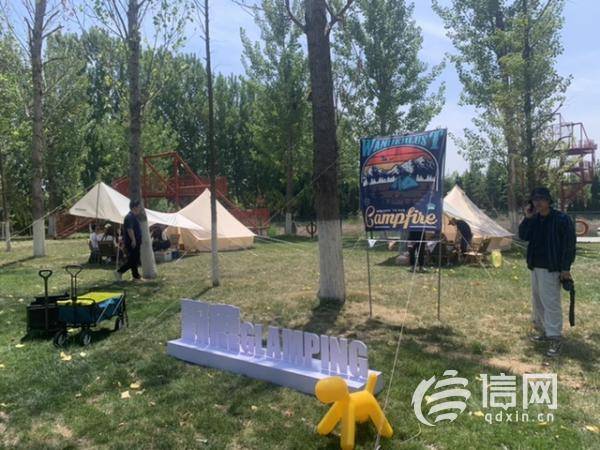以下示例显示如何使用Spring Web MVC Framework集成LOG4J.首先,让我们使用一个有效的Eclipse IDE,并坚持以下步骤,使用Spring Web Framework开发基于动态表单的Web应用程序.
| Step | 描述 |
|---|---|
| 1 | 在com.it1352包下创建一个名为TestWeb的项目,如下所述Spring MVC - Hello World章. |
| 2 | 在com.it1352包下创建一个Java类HelloController. |
| 3 | 从maven存储库页面下载log4j库 LOG4J .把它放在你的CLASSPATH中. |
| 4 | 创建SRC文件夹下的log4j.properties. |
| 5 | 最后一步是创建源文件和配置文件的内容并导出应用程序,如下所述. |
HelloController.java
package com.it1352; import org.apache.log4j.Logger;import org.springframework.stereotype.Controller;import org.springframework.web.bind.annotation.RequestMapping;import org.springframework.web.bind.annotation.RequestMethod;import org.springframework.ui.ModelMap;@Controller@RequestMapping("/hello")public class HelloController{ private static final Logger LOGGER = Logger.getLogger(HelloController.class); @RequestMapping(method = RequestMethod.GET) public String printHello(ModelMap model) { LOGGER.info("printHello started."); //logs debug message if(LOGGER.isDebugEnabled()){ LOGGER.debug("Inside: printHello"); } //logs exception LOGGER.error("Logging a sample exception", new Exception("Testing")); model.addAttribute("message", "Hello Spring MVC Framework!"); LOGGER.info("printHello ended."); return "hello"; }}log4j.properties
# Root logger optionlog4j.rootLogger = DEBUG, stdout, file# Redirect log messages to consolelog4j.appender.stdout = org.apache.log4j.ConsoleAppenderlog4j.appender.stdout.Target = System.outlog4j.appender.stdout.layout = org.apache.log4j.PatternLayoutlog4j.appender.stdout.layout.ConversionPattern = %d{yyyy-MM-dd HH:mm:ss} %-5p %c{1}:%L - %m%n# Redirect log messages to a log filelog4j.appender.file = org.apache.log4j.RollingFileAppender#outputs to Tomcat homelog4j.appender.file.File = ${catalina.home}/logs/myapp.loglog4j.appender.file.MaxFileSize = 5MBlog4j.appender.file.MaxBackupIndex = 10log4j.appender.file.layout = org.apache.log4j.PatternLayoutlog4j.appender.file.layout.ConversionPattern = %d{yyyy-MM-dd HH:mm:ss} %-5p %c{1}:%L - %m%nTestWeb-servlet.xml
<beans xmlns = "http://www.springframework.org/schema/beans" xmlns:context = "http://www.springframework.org/schema/context" xmlns:xsi = "http://www.w3.org/2001/XMLSchema-instance" xmlns:mvc = "http://www.springframework.org/schema/mvc" xsi:schemaLocation = " http://www.springframework.org/schema/beans http://www.springframework.org/schema/beans/spring-beans-3.0.xsd http://www.springframework.org/schema/context http://www.springframework.org/schema/context/spring-context-3.0.xsd http://www.springframework.org/schema/mvc http://www.springframework.org/schema/mvc/spring-mvc-3.0.xsd"> <context:component-scan base-package = "com.IT屋" /> <bean class = "org.springframework.web.servlet.view.InternalResourceViewResolver"> <property name = "prefix" value = "/WEB-INF/jsp/" /> <property name = "suffix" value = ".jsp" /> </bean></beans>
hello.jsp
<%@ page contentType = "text/html; charset = UTF-8" %><html> <head> <title>Hello World</title> </head> <body> <h2>${message}</h2> </body></html>在这里,我们已经将LOG4J配置为在Tomcat控制台和& t中存在的文件中记录详细信息. tomcat home → 记录为myapp.log.
完成创建源文件和配置文件后,导出应用程序.右键单击您的应用程序,使用 Export → WAR文件选项并将 TestWeb.war 文件保存在Tomcat的webapps文件夹中.
现在,启动Tomcat服务器并确保您能够使用标准浏览器从webapps文件夹访问其他网页.尝试URL : http://localhost:8080/TestWeb/hello ,我们将在Tomcat的日志中看到以下屏幕.
免责声明:以上内容(如有图片或视频亦包括在内)有转载其他网站资源,如有侵权请联系删除

